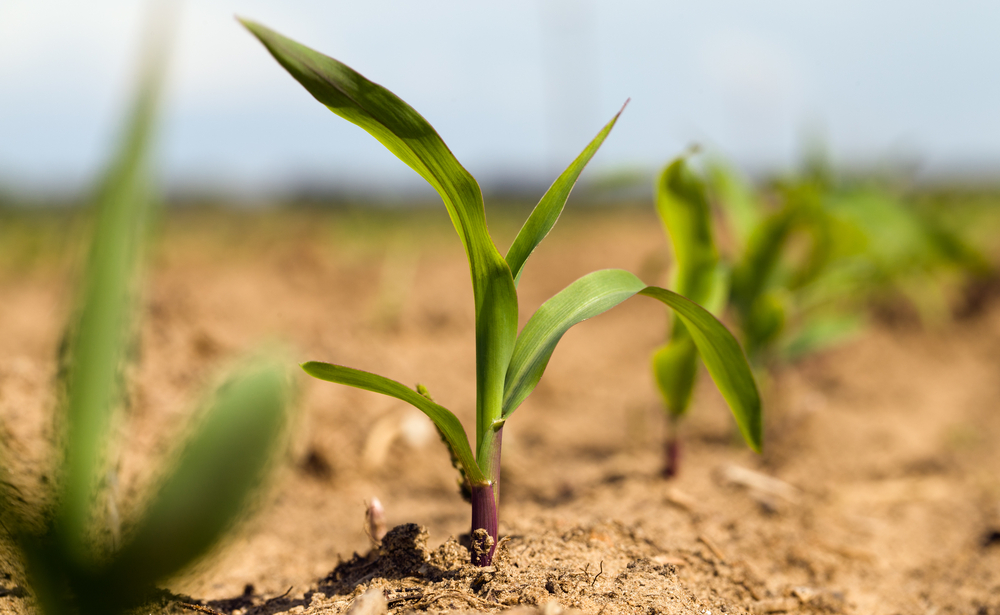Yes, we are a picky bunch

There is an optimal time window in the crop and weed development cycle when you can get the most thorough weed control with the least amount of chemical expense. Spray too early, and you may have a later emerging flush of weeds that are not controlled (unless you use a chemical with some residual activity). Spray too late, and you may injure the crop, or have to use a higher rate or a more expensive combination of chemicals to kill the more mature weeds.
Though I have a college background in biology, and I enjoy the time I can spend intimately watching my crops grow, I choose to hire a Registered Professional Agronomist to scout my fields and make chemical recommendations. It is kind of like doing your own taxes: you could do it yourself, study all the constantly changing labels, but is that really how you want to spend your time? There is also the experience factor. There is no way I could have time to observe as many different materials applied in as many different situations as someone who does it every day on tens of thousands of acres. While I was wrestling with my tractor exhaust, my agronomist, Mike, was riding over my fields looking to see what weeds were prevalent this year, inspecting their size and coming up with a recommendation. This would have to be a recommendation that would fit my crop rotation plans, my budget, the crop condition and the weather.
When the timing is right for optimum weed control, you drop everything and do it before your window of opportunity closes. This window, however, doesn’t account for the weather. The wind can’t blow too hard (or too little, believe it or not), the temperature can’t at night an our beloved rain can’t fall for the next four hours. I know, we’re a picky bunch. There have been years when the weather prevented spraying for three solid weeks and chemical recommendations had to be adjusted after such a long delay.
This year wasn’t too bad, I was only blown out for three days. I was able to finish up the last day by starting at 5:30am (only because there wasn’t any dew that morning). I was able to finish on the last day before the wind got above 10 miles per hour (about 9:30am). Chemical labels routinely specify that applications must be made in winds of less than 10 mph, with spray droplets in a certain size range, and sometimes even a temperature range. The wind was about 5-9 mph that morning, which I consider marginal, and I would not start spraying a field under those conditions. The forecast for later in the day, and for the next two days, however, was much worse. Since I had only 30 acres in the middle of a 160 acre field to finish, I felt confident that I had enough buffer to be safe from any drift problems.
I spent the rest of the day washing and cleaning out the sprayer with a strong solution of ammonia to break down any remaining chemical residue. Leaving residue from broadleaf weed control chemicals in your sprayer is not a good idea if the next crop you spray happens to be broadleaf plants like peas, lentils, chickpeas, or canola. You are likely to have some streaks of dead crop left where the broadleaf control chemical is flushed out. To make matters worse, these ugly streaks seem to always be close to a road where all your neighbor farmers can see what spectacular mistakes you have made. It seems to be a rule: visible mistakes, be it fertilizer, chemical or seeding must always be where the neighbors can see them and NOT in some out of sight corner of the field where no one can see what a bad farmer you are.
